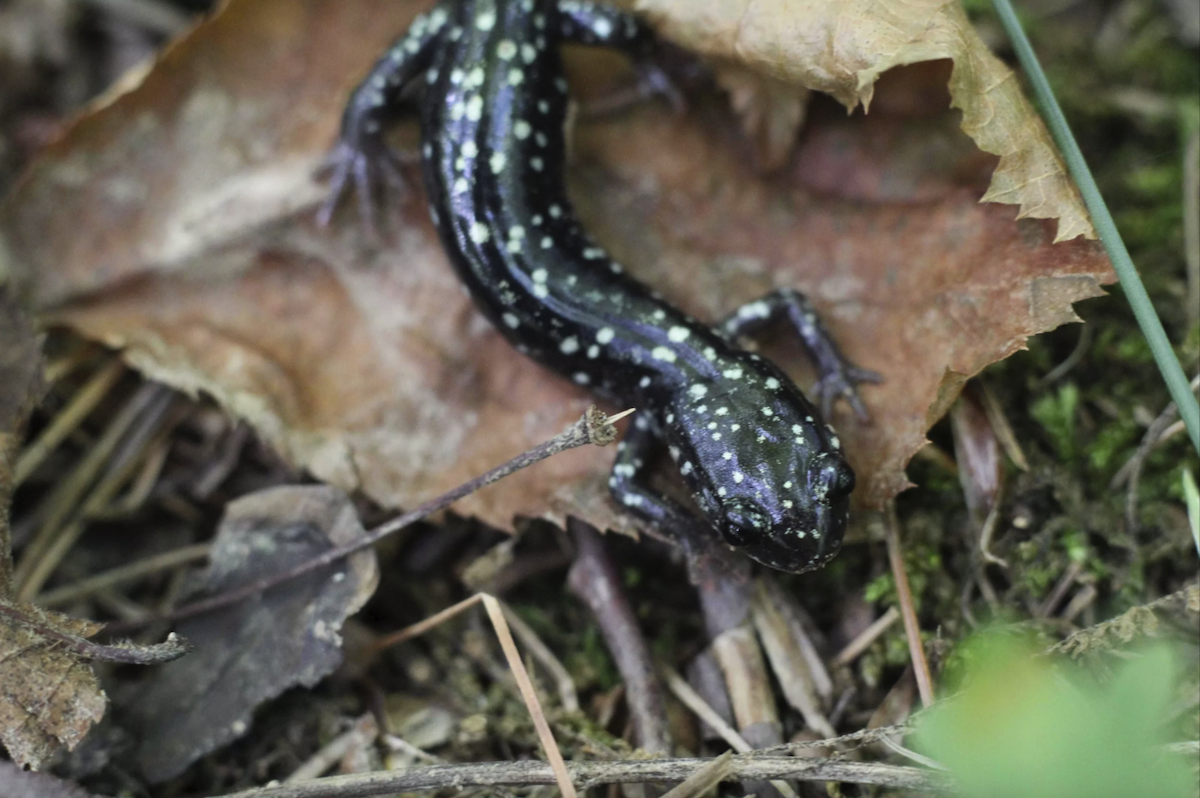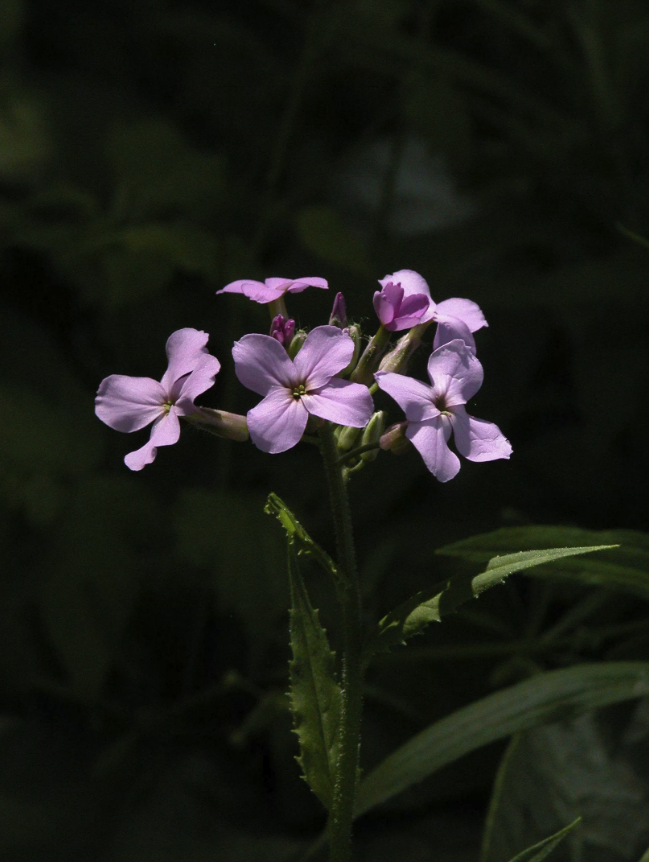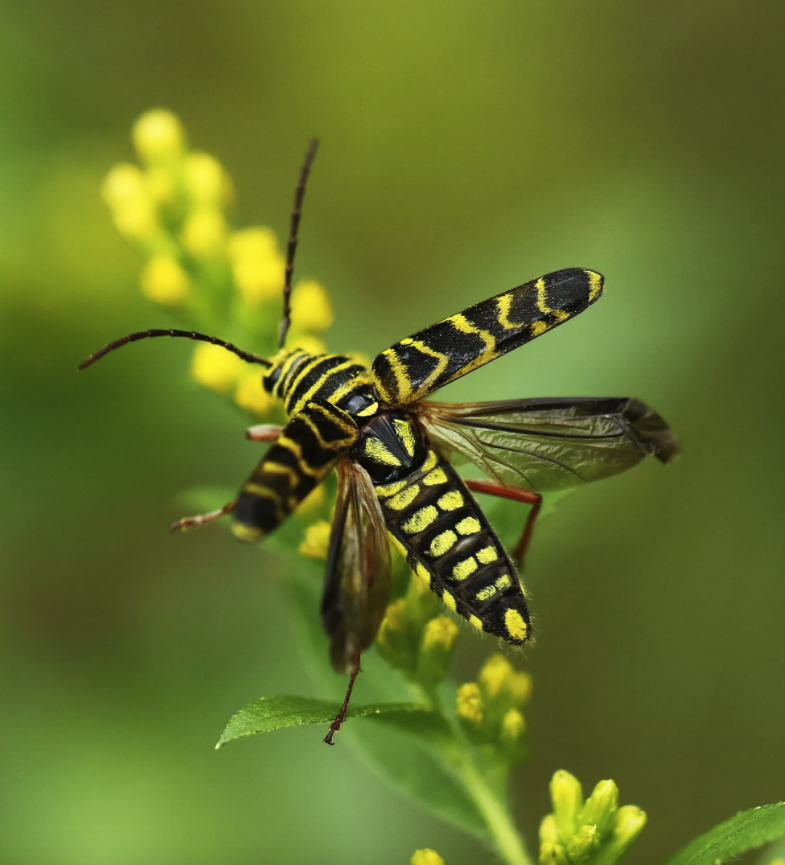New Field Guide to Columbia County Released by Hawthorne Valley Ecology Program
While this new book is Columbia County-specific, its reach extends far beyond.

While this new book is Columbia County-specific, its reach extends far beyond.
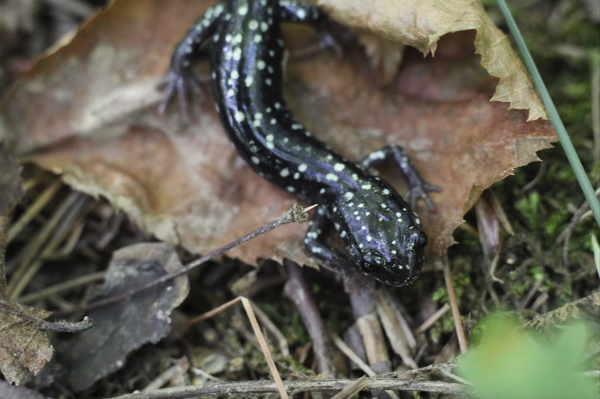
Wooded rock outcrop slimy salamander.
- Farmscape Ecology ProgramSome books belong on the shelf, others demand to be dog-eared, coffee-stained, and stuffed into a hiking pack. From the Hudson to the Taconics: An Ecological and Cultural Field Guide to the Habitats of Columbia County is decidedly the latter—a book meant for the field, not just the fireside.
Published by Black Dome Press and drawing on the decades-deep research of the Hawthorne Valley Farmscape Ecology Program and Hudsonia Ltd., this newly released tome is an invitation to get intimate with the landscapes that define Columbia County and, by extension, much of the Hudson Valley. More than a mere taxonomy of flora and fauna, From the Hudson to the Taconics is a cultural and ecological love letter to the region, one that asks readers not just to observe but to engage.
At its core, the book is structured around 36 distinct habitats, ranging from floodplain forests and pitch pine barrens to fens, cliffs, and the submerged world of aquatic beds. But this isn’t just a guide to recognizing where the hemlocks give way to beech trees or where the bobolinks prefer to nest. The book brims with tools to deepen your understanding: maps, species lists totaling over 1,200 plants and animals, and stewardship suggestions for those interested in conservation efforts. Thoughtful historical and cultural contexts are woven throughout, offering a holistic picture of how the landscape has shaped and been shaped by human presence over the centuries.
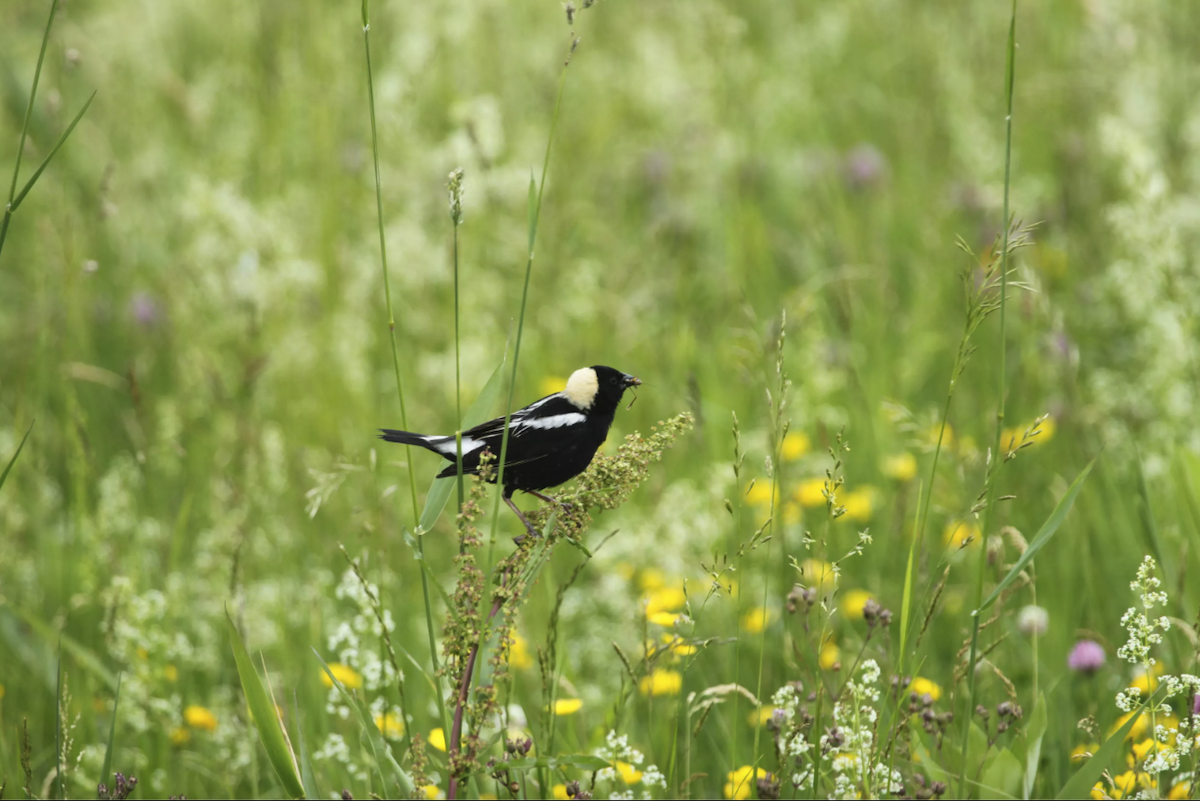
Male bobolink in pasture by Farmscape Ecology Program
While it’s a Columbia County-specific field guide, its reach extends far beyond. Anyone who’s ever tramped through the Hudson Valley’s forests, marshes, or meadows will find something familiar—and something new—within its pages. The book's clarity and accessibility make it as useful for educators and conservationists as it is for the casual hiker looking to put a name to the mossy hummocks beneath their boots.
For those seeking a more interactive experience, the book provides field activities designed to cultivate a deeper sense of place. Whether it’s tracking seasonal changes in local habitats, learning to read the subtleties of an old-growth forest, or simply discovering the best spots to encounter certain species, From the Hudson to the Taconics makes a compelling case for paying closer attention to the land beneath our feet.
At a time when development pressures and climate shifts threaten the ecological balance of the Hudson Valley, a guide like this serves as both an educational tool and a call to action. Knowing the landscape—truly knowing it—is the first step in protecting it. Whether you’re an amateur naturalist, a policy-maker, or just someone who enjoys an afternoon ramble, this book offers the chance to see Columbia County, and the Hudson Valley at large, with fresh eyes. And after all, isn’t that what a good field guide is supposed to do?
